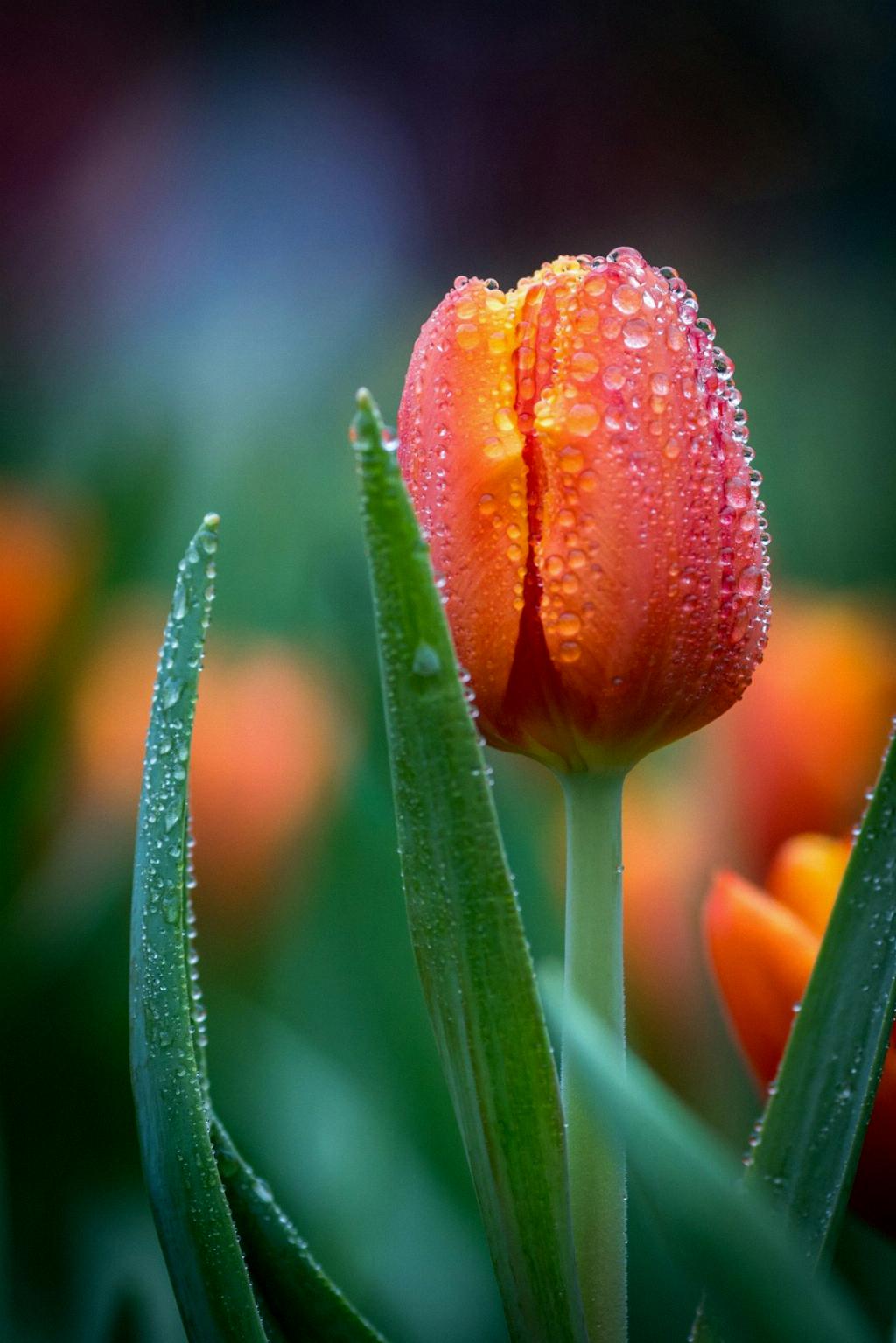When tulips bloom, it marks a beautiful phase in their life cycle. These vibrant flowers receive nourishment from their roots, with all the energy being directed towards the stunning display of blooms. As the blooming period comes to an end, the blooms are carefully cut, but the leaves are left intact on the plant.
The Role of Leaves Post-Bloom
After the blooms are removed, the green leaves play a crucial role in the further growth and development of the tulip bulb. These leaves serve as the primary source of food for the bulb, ensuring that it receives the necessary nutrients to thrive and prepare for the next stage of its life cycle.
Development of New Daughter Bulbs
During this phase, the tulip bulb undergoes a transformation as it starts diverting energy towards the development of new daughter bulbs. These daughter bulbs utilize the food stored in the leaves to grow and mature, ensuring the continuity of the tulip species.
Formation of New Roots
As the daughter bulbs start to form and grow, the tulip plant also begins the process of developing new roots. These roots are essential for anchoring the bulbs in the soil and absorbing water and nutrients, supporting the overall health and vitality of the tulip plants.
Preparing for Dormancy
After the bloom cycle, tulips gradually prepare for dormancy. The leaves continue to photosynthesize and store energy in the bulbs, ensuring that they have the resources needed to survive the dormant period and emerge rejuvenated in the following blooming season.
Beneficial Effects of Dormancy
Dormancy plays a crucial role in the tulip life cycle, allowing the bulbs to rest and conserve energy. During this period, the bulbs undergo internal changes that promote growth and ensure robust blooming in the next season, setting the stage for a spectacular display of flowers.
Winter Protection for Tulip Bulbs
As the weather turns colder, tulip bulbs benefit from a protective layer of mulch or straw to shield them from harsh winter conditions. This protective covering helps insulate the bulbs and safeguards them from frost damage, ensuring their survival until the arrival of spring.
Spring Awakening and Emergence
With the arrival of spring, tulip bulbs slowly awaken from dormancy, spurred by the lengthening daylight hours and rising temperatures. As the soil warms up, the bulbs begin to sprout new shoots, signaling the start of a new growth cycle and the anticipation of vibrant blooms.
Energy Storage and Growth Resumption
During the spring awakening, the stored energy in the tulip bulbs is crucial for kickstarting growth and development. This stored energy fuels the emergence of new foliage and flowers, enabling the tulip plants to thrive and continue their cycle of growth and blooming.
Reproductive Success Through Blooming
As the tulip bulbs bloom once again, they showcase their reproductive success through a dazzling array of colors and shapes. These blooms attract pollinators, ensuring the transfer of pollen for seed production and the perpetuation of the tulip species for future generations to enjoy.

Continuation of the Tulip Life Cycle
With each blooming season, the tulip life cycle continues its cycle of growth, dormancy, and rebirth. Through careful cultivation and nurturing, tulip enthusiasts can witness the beauty and resilience of these captivating flowers as they thrive and flourish in gardens, parks, and landscapes around the world.
